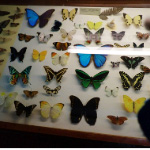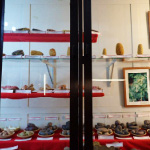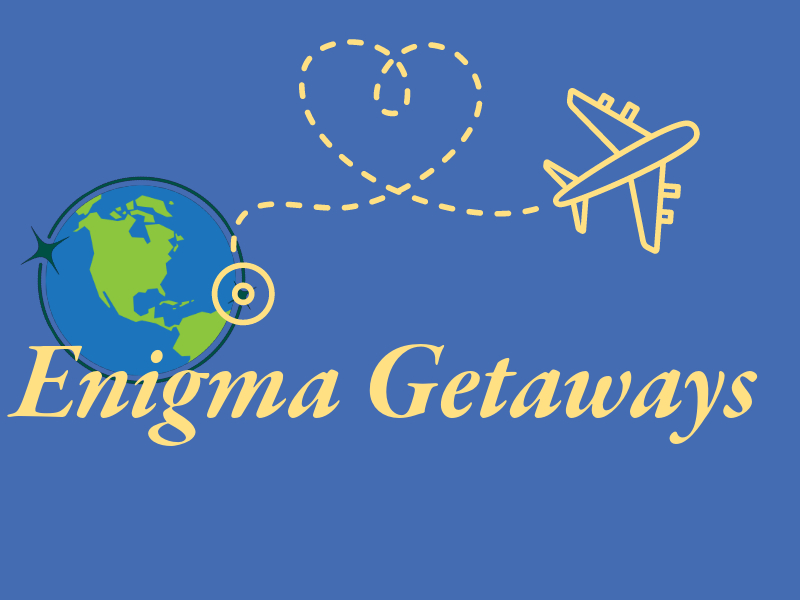A Journey through Plaza de Armas
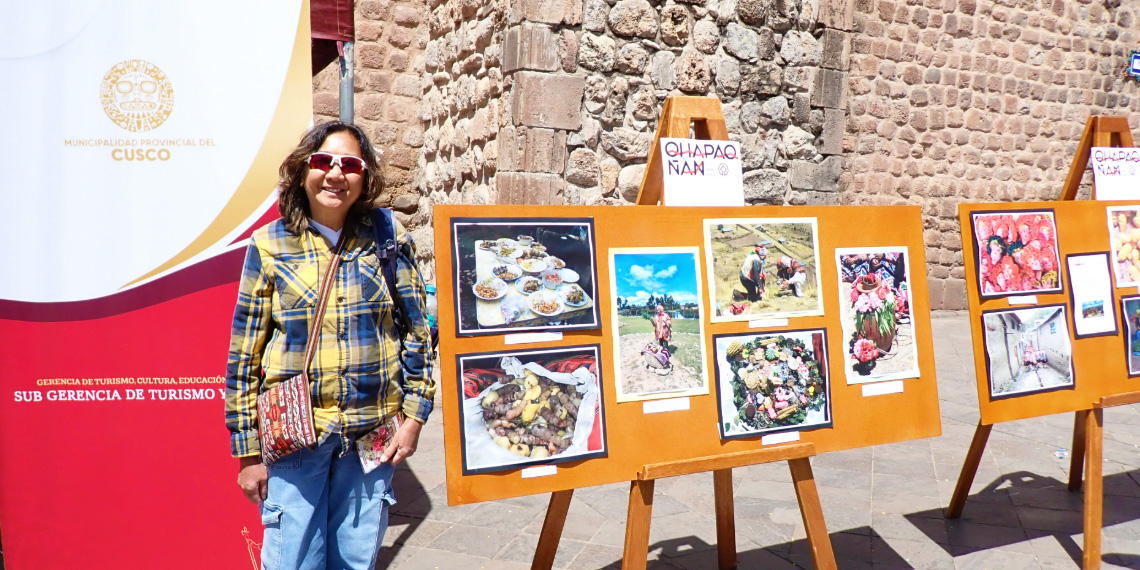
My visit to Plaza de Armas and Plaza San Francisco in Cusco, Peru, was such an incredible experience! It felt like I was walking through history while still enjoying the lively, modern-day vibe of the city. These two beautiful squares are at the heart of Cusco, and each one has its own special charm.
At Plaza de Armas, I was immediately struck by the bustling energy. People were everywhere—locals, tourists, families—and the historic buildings surrounding the Plaza made it feel like I had stepped back in time. The mix of Inca foundations and colonial architecture is just fascinating. I sat by the beautiful fountain for a while, watching everything unfold, and it was the perfect spot.
Before the Spanish colonized Cusco in the 16th century, the area now known as Plaza de Armas was an integral part of the Incan Empire. Known as Huacaypata, or “Warrior’s Square,” it was the largest public space in the city. The square was a sacred location, used for religious ceremonies, military parades, and public gatherings. The Inca celebrated important events here, including the Inti Raymi, the festival of the Sun God.
When the Spanish arrived, they transformed the square into the Plaza de Armas we see today. Spanish colonists-built churches and mansions on the foundations of former Inca temples and palaces, blending Incan stonework with European architecture.
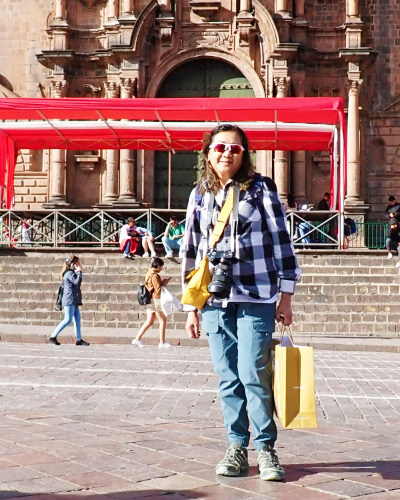
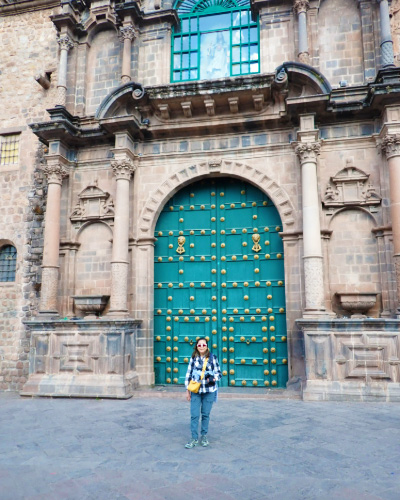

I must admit that I missed quite a few museum visits and notable landmarks in Cusco, Peru, because of all the full-day tours I took. I wish I could have stayed longer to explore more, but my time was limited due to work commitments. I flew back just in time to make it to my conferences the very next day after arriving in the USA. I’ll definitely come back to visit Cusco again, and next time, I hope to be more proactive about taking care of my health during the trip.
Significant Landmarks around Plaza De Armas
- Cusco Cathedral (Catedral del Cuzco): A magnificent colonial-era cathedral, built on the foundations of an Inca palace. It contains an impressive collection of art, including the famous “Last Supper” painting with a Peruvian twist (featuring a guinea pig).
- Church of the Society of Jesus (Iglesia de la Compañía de Jesús): A Jesuit church, located on the opposite side of the square from the cathedral. It’s known for its ornate baroque architecture and beautiful interior.
- Inca Foundations: The plaza itself was built on top of an Incan ceremonial site, and you can still see remnants of Inca walls in the square, which blend with the colonial structures.
- Statue of Pachacuti: In the center of the plaza, there is a statue of Pachacuti, one of the most famous Incan emperors, symbolizing the city’s Inca roots.
- Colonial Arcades: Surrounding the plaza are beautiful colonial arcades housing restaurants, cafes, and shops, giving the area a vibrant atmosphere.
Exploring the Surrounding Streets
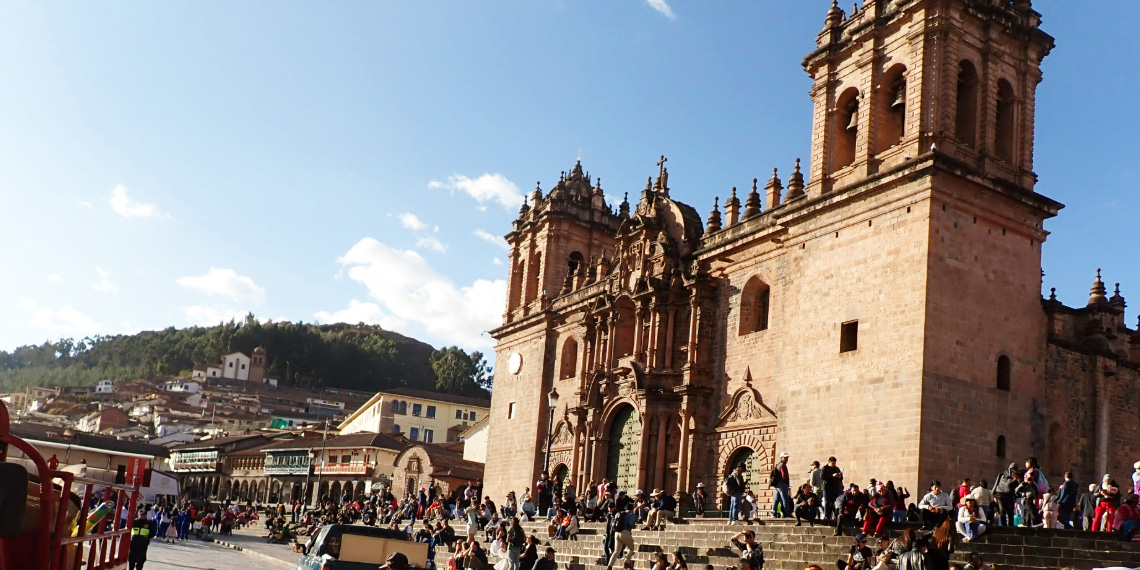
The Cathedral of Cusco, officially known as the Cathedral Basilica of the Assumption of the Virgin, is one of the most iconic landmarks in Cusco, Peru, and a must-see for anyone visiting the city. Located in the Plaza de Armas, the cathedral stands as a testament to the city’s rich history, blending Inca and colonial influences in its architecture, art, and design. Construction of the cathedral began in 1559 and was completed nearly a century later in 1654. What makes the cathedral so fascinating is that it was built on top of the foundation of the Inca palace of Viracocha, known as Suntur Wasi. The Spaniards, upon their conquest of Cusco, used stones taken from the nearby Sacsayhuamán fortress to construct the cathedral, incorporating the incredible craftsmanship of the Inca stonemasons into this grand colonial structure.
Tips for Visiting the Cathedral of Cusco
- Opening Hours: The cathedral is open daily, typically from around 10:00 am to 6:00 pm, but it’s always good to double-check the hours before visiting.
- Entrance Fee: There is a fee to enter, and tickets can be purchased at the entrance.
- No Photography: Be aware that photography is not allowed inside the cathedral, so take your time to soak in all the details.
Lively Atmosphere of Plaza de Armas
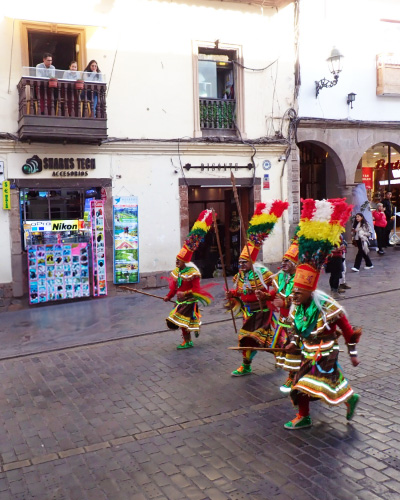
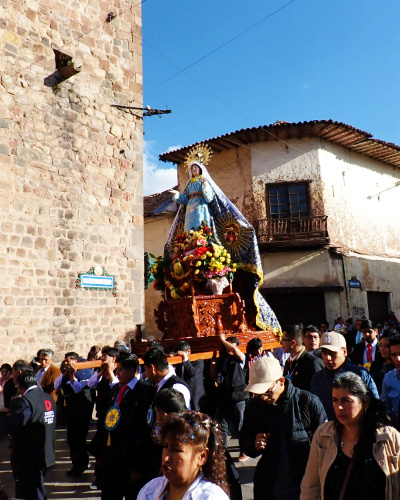
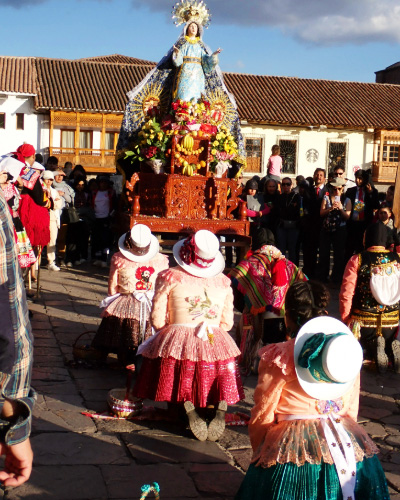
As I stepped off the tour bus and made my way home, I was surprised to find myself in the middle of a vibrant procession in honor of Our Lady of Assumption. The streets were alive with energy, and it seemed like the entire town had gathered to be a part of this celebration. Dancers in colorful costumes moved gracefully to the rhythm of traditional music. The parade finally made its way to the front of the cathedral, where a large crowd had already gathered, eagerly waiting for the arrival of the procession.
As the last group of dancers reached the steps, the celebration didn’t stop—instead, the dancing continued, growing even more intense and lively. People clapped and cheered as they honored the Our Lady of Assumption.
Where History and Culture Meet
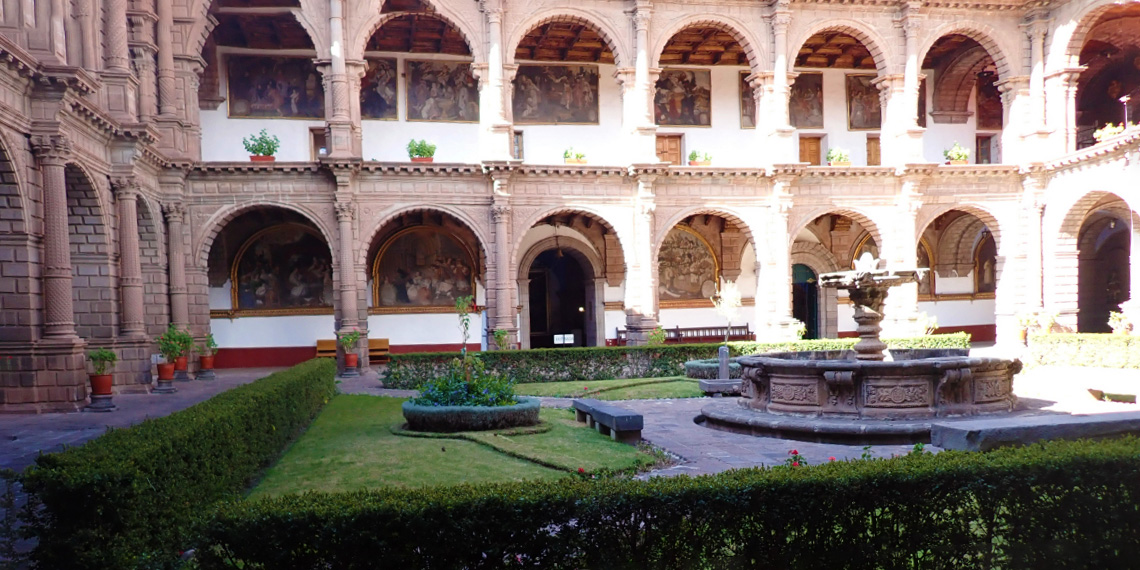
The Museo de Merced in Cusco, Peru, was a fascinating journey into both history and art. Located just a short walk from the bustling Plaza de Armas, the museum is part of the La Merced Church and Convent, an important religious site that dates back to the 16th century. The museum is a quieter part of the complex but equally as impressive as the church itself.
As soon as I entered the museum, I was kindly reminded that no photography or video was allowed.
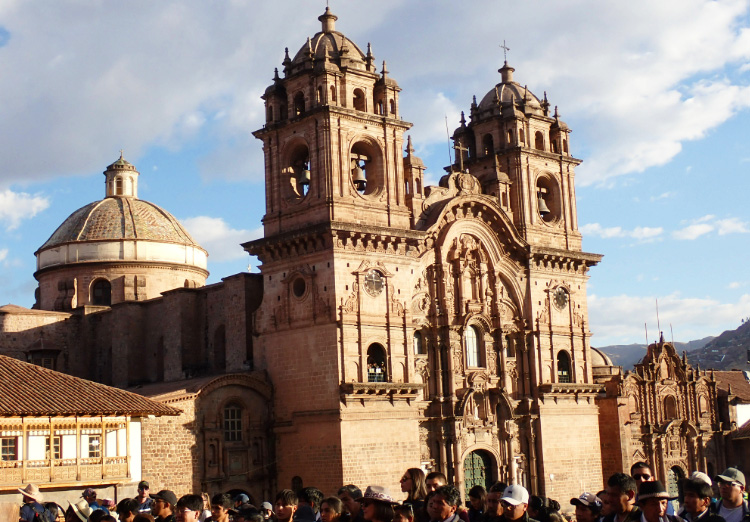
Gateway to Heritage
The Church of the Society of Jesus, known as Iglesia de la Compañía de Jesús, is one of Cusco’s most remarkable architectural gems. Located just a short walk from the bustling Plaza de Armas, this church exemplifies the beauty of colonial Baroque architecture.
As you approach, the intricate stone façade catches the eye, featuring elaborate carvings that reflect both European and indigenous influences. The church was built in the 17th century on the site of an Incan palace, showcasing the rich history of Cusco’s transformation after the Spanish conquest.
The Soul of the Nation
In the heart of Plaza de Armas, is the striking statue of Pachacuti, one of the most renowned Incan emperors. This impressive figure stands tall, symbolizing the deep Inca roots of the city. He’s often credited with transforming the Inca Empire into a powerful force.
Surrounded by the vibrant life of the plaza, the statue serves as a reminder of Cusco’s rich heritage. Locals and tourists alike gather around and taking photos.
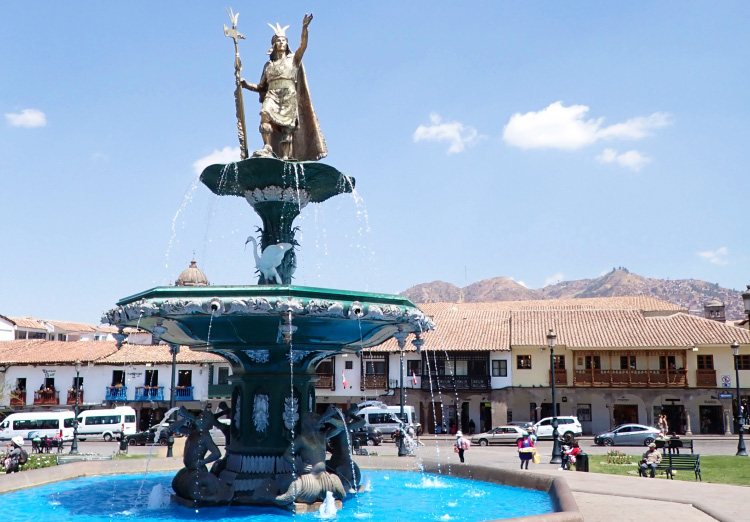
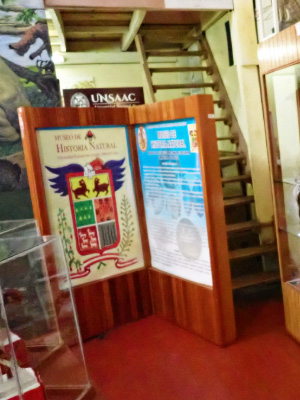
Animal Kingdom
The Museo de Historia Natural (Museum of Natural History) at Plaza de Armas in Cusco, Peru, was a fascinating journey into the region’s incredible biodiversity. Located right in the heart of Cusco, this small yet charming museum is often overlooked by visitors, but it offered me a unique glimpse into the natural wonders of Peru. As I stepped inside, the amazing displays showcasing a wide variety of flora and fauna from different ecosystems across the country. The exhibits ranged from delicate butterflies to vibrant tropical birds, and even some of Peru’s more exotic wildlife.
